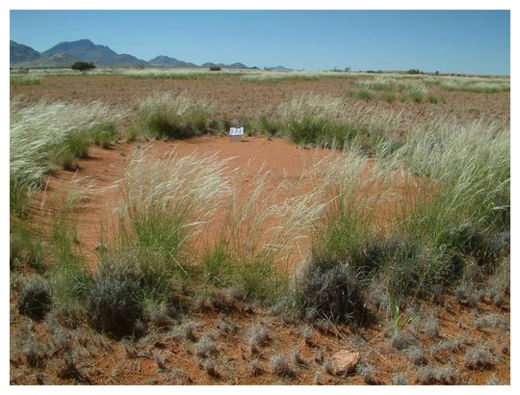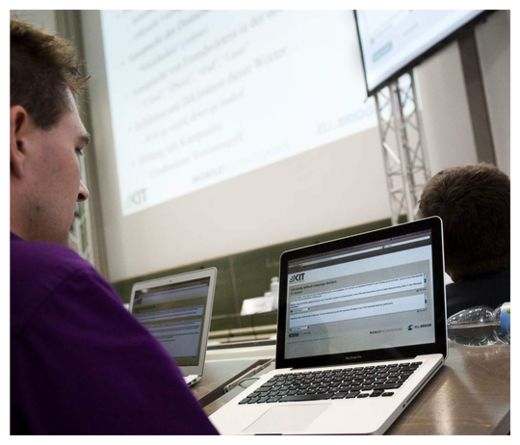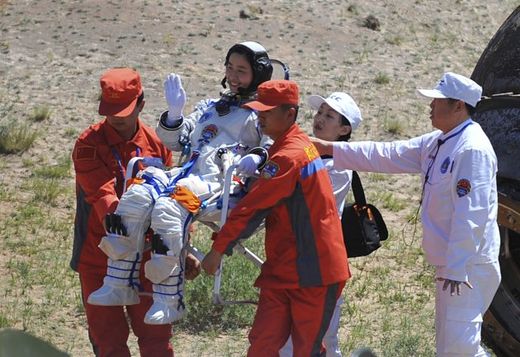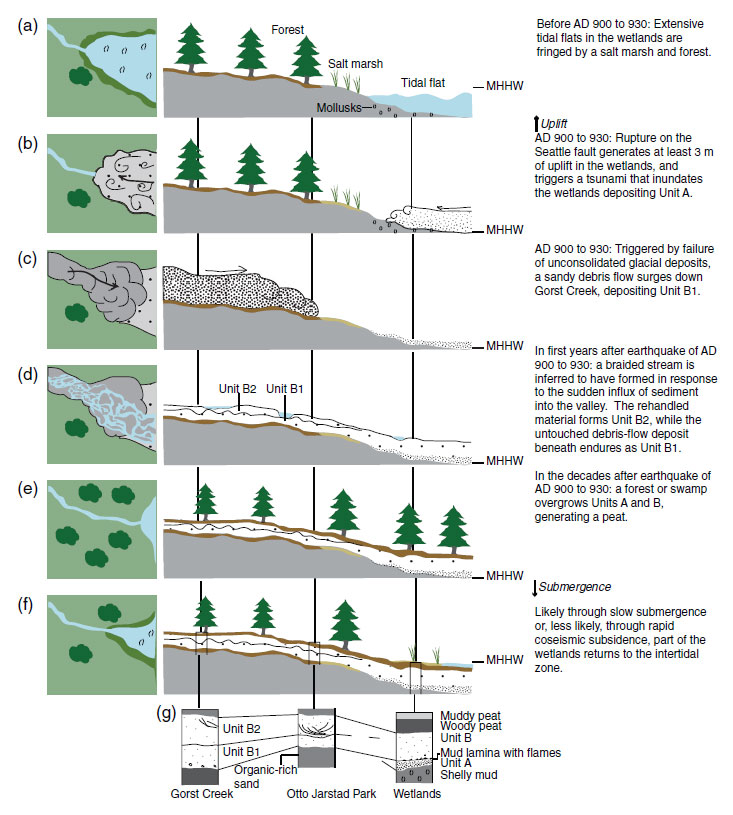
© Mike and Ann Scott of the NamibRand Nature ReserveMysterious bare spots called "fairy circles" dotting the sandy desert grasslands of Namibia have long stumped scientists who have no idea how the strange patterns form.
In the sandy desert grasslands of Namibia in southern Africa, mysterious bare spots known as "fairy circles" will form and then disappear years later for no reason anyone can determine. A new look at these strange patterns doesn't solve the wistful mystery but at least reveals that the largest of the circles can linger for a lifetime.
Small fairy circles stick around an average of 24 years, while larger ones can exist as long as 75 years, according to research detailed today (June 27) in the journal
PLoS ONE. Still, the study sheds little light on
why the circles form, persist and then vanish into the landscape after decades.
"The why question is very difficult," said study researcher Walter Tschinkel, a biologist at Florida State University. "There are a number of hypotheses on the table, and the evidence for none of them is convincing." [
See Photos of Fairy Circles]
Circles of life (and death)Tschinkel grew interested in fairy circles during a 2005 safari to
NamibRand Nature Reserve in southwest Namibia, in the Namib Desert. It was his first experience with the round clearings, tens of thousands of which expose the red sandy soil in the area. A short time after the circles form, a tall ring of grass grows around the border, highlighting the bare area.
Few researchers have studied fairy circles, in part because of their remoteness, 111 miles (180 km) from the nearest village. It's an arid landscape where springbok, ostriches, leopards and other large animals roam, Tschinkel told LIveScience.
"It's like
dying and going to heaven if you like remote, beautiful desert places," he said.
At first glance, Tschinkel assumed the circles marked underground nests of harvester termites. But digs have shown no evidence of termite nests under fairy circles. Other explanations, such as differences in soil nutrients or the death of seedlings by toxic vapors from the ground, have likewise failed to hold up to study.




